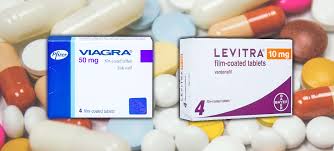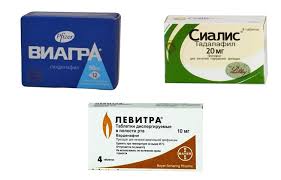
Understanding Muskelavslappende Midler: Benefits and Challenges
Muskelavslappende midler, commonly known as muscle relaxants, are medications that play a crucial role in the management of muscle spasms and pain associated with musculoskeletal conditions. These substances have been widely used in various medical fields, providing symptomatic relief for patients suffering from muscle tension and discomfort. To learn more about the specifics of these medications, you can visit Muskelavslappende Midler https://velvaereapotek.com/muskelavslappende-midler/. This article aims to provide a comprehensive overview of muscle relaxants, detailing their types, uses, benefits, challenges, and alternatives.
What Are Muskelavslappende Midler?
Muscle relaxants are classified into two main categories: central and peripheral muscle relaxants. Central muscle relaxants operate on the central nervous system (CNS) to reduce muscle tone. They are primarily used for conditions like acute muscle spasms and certain neurological disorders. Peripheral muscle relaxants, on the other hand, act at the neuromuscular junction, inhibiting the transmission of nerve impulses to muscles, and are frequently utilized during surgical procedures to facilitate intubation and relaxation of skeletal muscles.
Types of Muscle Relaxants

1. Central Muscle Relaxants
These are further subdivided into two classes: the benzodiazepines and non-benzodiazepines. Commonly used central muscle relaxants include:
- Baclofen: Often prescribed for spasticity due to multiple sclerosis or spinal cord injuries. Baclofen works by activating GABA receptors, which have a calming effect on overactive motor neurons.
- Carisoprodol: Works as a sedative, providing relief from acute pain and discomfort in the muscles.
- Cyclobenzaprine: Typically used for short-term management of muscle spasms, its sedative properties can also aid in sleep.
- Diazepam: Part of the benzodiazepine family, it has muscle-relaxing properties while also functioning as an anxiolytic.
2. Peripheral Muscle Relaxants
These are mainly utilized in anesthetic applications. Some of the commonly used peripheral muscle relaxants include:
- Succinylcholine: A fast-acting, short-duration agent commonly used to induce muscle paralysis during surgeries.
- Pancuronium: A non-depolarizing muscle relaxant used to provide prolonged muscle paralysis during surgical procedures.
Benefits of Muskelavslappende Midler
The primary advantage of muscle relaxants lies in their ability to relieve muscle spasms and improve comfort levels for patients experiencing pain. They assist in diminishing muscle tension, allowing for better movement and range of motion. Additionally, these medications can promote better sleep quality by alleviating discomfort at night. They can also play a pivotal role in the post-operative recovery process, enabling faster recovery times and reducing the need for stronger pain medications.

Challenges and Risks
Despite their benefits, muscle relaxants are not without risks and challenges. The potential for side effects is significant, including:
- Drowsiness: Many muscle relaxants have sedative effects, which may hinder daily activities and pose a danger if patients operate machinery or drive.
- Dependence: Long-term use of certain muscle relaxants can lead to physical dependence, leading to withdrawal symptoms if the medication is suddenly discontinued.
- Interaction with Other Medications: Muscle relaxants can interact negatively with other medications, including antidepressants and antihistamines, leading to increased side effects.
Patients should always consult with healthcare providers before starting muscle relaxants to thoroughly discuss possible interactions and side effects.
Alternatives to Muscle Relaxants
While muscle relaxants can be effective, there are several alternative approaches to managing muscle tension and discomfort:
- Physical Therapy: Engaging in strengthening exercises and stretches can enhance flexibility, reducing the necessity for muscle relaxants.
- Massage Therapy: Regular massages can relieve muscle knots and tightness, providing a natural alternative to medication.
- Acupuncture: This traditional Chinese medicine technique may offer relief from muscle spasms and pain.
- Heat and Cold Therapy: Applying heat to sore muscles can stimulate blood flow, while cold therapy can reduce inflammation and numb pain.
Conclusion
Muskelavslappende midler are a critical tool in the management of muscle spasms and discomfort, providing relief to many patients dealing with incomplete or painful muscular conditions. However, the potential for side effects and complications necessitates a cautious approach to their usage. Patients and healthcare providers should carefully weigh the benefits and risks before considering these medications. Moreover, exploring alternative therapies can often yield sustainable results without the potential downsides associated with pharmaceutical treatments. Education and informed choices are vital in managing muscle health effectively.
Tinggalkan Balasan